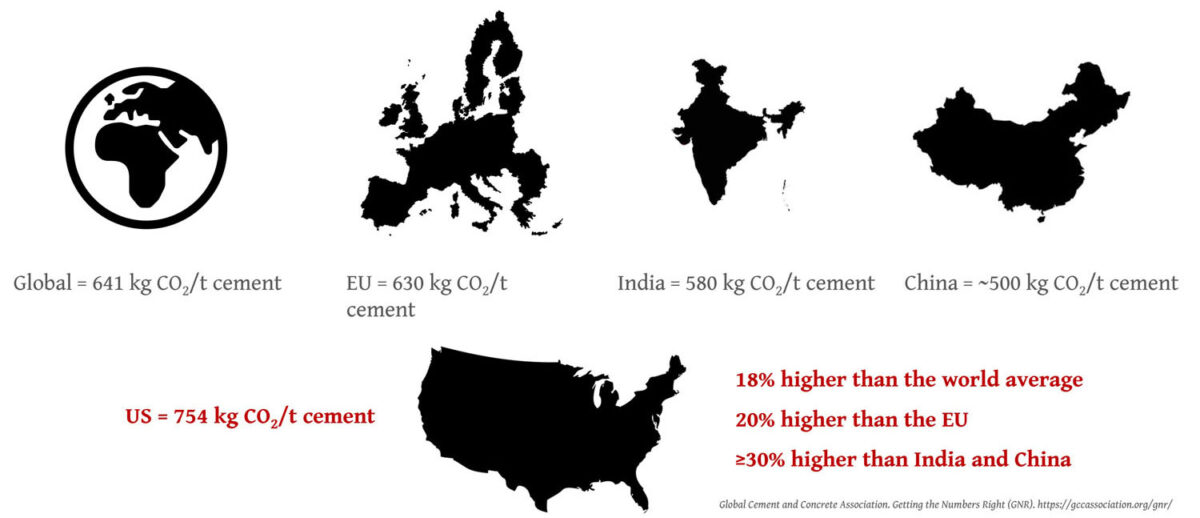Combining science and policy to promote low-carbon cements

Ankita Gangotra will give an invited talk at the 2022 APS March Meeting about our joint work with Joanna Lewis at the Science, Technology, and International Affairs division of the School of Foreign Service, on The technology and policy opportunities for upgrading low-carbon cement production in the United States. Ankita’s research explores the technological upgrades and policy options available for reducing CO2 emissions from the production of cement in the United States in the near-term.
Ankita’s work highlights how there are several opportunities, immediately available, to reduce the carbon footprint of the industry in the US . When analyzing the green technology solutions implemented within the United States cement sector and comparing them to those implemented in China, India, and the European Union, it becomes apparent that there is considerable scope in the near term for the United States to reduce CO2 emissions from its cement sector. For example, in cement production over 50% of the CO2 emissions are caused by inherent material processes due to calcination. Therefore, even small viable changes in the production of cement by adding industrial wastes and natural materials have a major role to play in lowering cement production carbon footprint.

At the APS March Meeting, Ankita will discuss her analysis of how technology solutions for decarbonizing cement production can be incentivized by policy changes, to bring the United States cement sector on par with the other major cement producing parts of the world. She has focused on clinker substitution and energy efficiency, and outlined a range of climate policy levers such as performance standards, financial incentives, government procurement policies, and sectoral agreements, that need to be implemented in the United States to bolster the cement sector.
